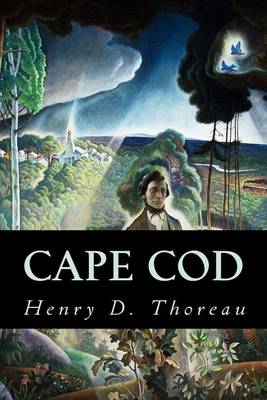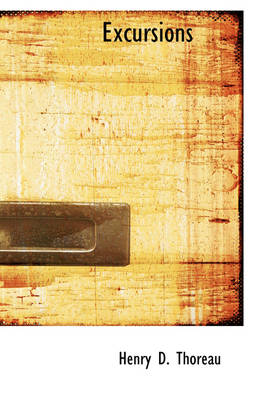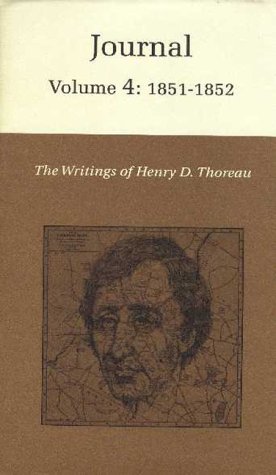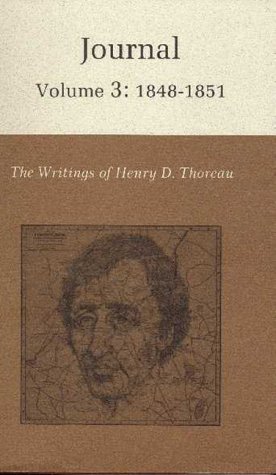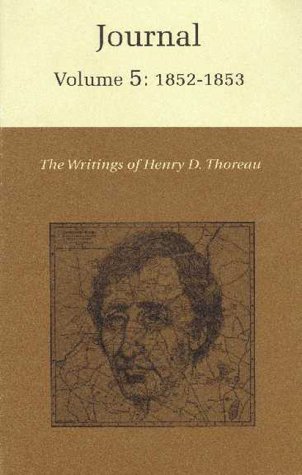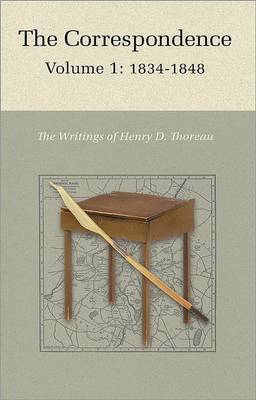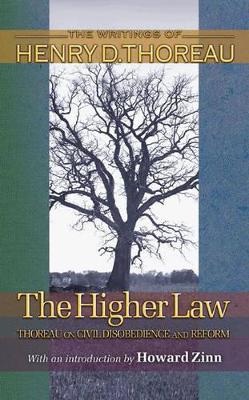Writings of Henry D. Thoreau
16 total works
Henry D. Thoreau traveled to the backwoods of Maine in 1846, 1853, and 1857. Originally published in 1864, and published now with a new introduction by Paul Theroux, this volume is a powerful telling of those journeys through a rugged and largely unspoiled land. It presents Thoreau's fullest account of the wilderness.
The Maine Woods is classic Thoreau: a personal story of exterior and interior discoveries in a natural setting--all conveyed in taut, masterly prose. Thoreau's evocative renderings of the life of the primitive forest--its mountains, waterways, fauna, flora, and inhabitants--are timeless and valuable on their own. But his impassioned protest against the despoilment of nature in the name of commerce and sport, which even by the 1850s threatened to deprive Americans of the "tonic of wildness," makes The Maine Woods an especially vital book for our own time.
Originally published in 1854, "Walden," or "Life in the Woods," is a vivid account of the time that Henry D. Thoreau lived alone in a secluded cabin at Walden Pond. It is one of the most influential and compelling books in American literature.
This new paperback edition--introduced by noted American writer John Updike--celebrates the 150th anniversary of this classic work. Much of Walden's material is derived from Thoreau's journals and contains such engaging pieces as "Reading" and "The Pond in the Winter." Other famous sections involve Thoreau's visits with a Canadian woodcutter and with an Irish family, a trip to Concord, and a description of his bean field. This is the complete and authoritative text of Walden--as close to Thoreau's original intention as all available evidence allows.
For the student and for the general reader, this is the ideal presentation of Thoreau's great document of social criticism and dissent.
In the last four essays, "The Succession of Forest Trees" (1860), "Autumnal Tints" (1862), "Walking" (1862), and "Wild Apples" (1862), Thoreau describes natural and philosophical phenomena with a breadth of view and generosity of tone that are characteristic of his mature writing. In their skillful use of precisely observed details to arrive at universal conclusions, these late essays exemplify Transcendental natural history at its best.
Fittingly, the year of observation ends with Thoreau pondering an invitation to join the Association for the Advancement of Science, an invitation he ultimately declined in order to pursue his own life studies.
The Illustrated WALDEN with Photographs from the Gleason Collection
by Henry David Thoreau
This illustrated edition of Walden features 66 photographs by Herbert W. Gleason, one of the great American landscape photographers of the nineteenth and early twentieth century. Gleason, who had a special love for what he called "the simple beauty of New England," became interested in Thoreau's work when commissioned in 1906 by the Houghton Mifflin Company to illustrate their edition of The Writings of Henry David Thoreau. With the help of the few surviving people who had known Thoreau, Gleason searched out the exact places Thoreau had described-all of them still looking much as they had when Thoreau knew them-and photographed them. Gleason became so interested in the project that he continued to photograph Thoreau country for more than forty years. Most of the photographs reproduced here were chosen by Gleason himself for an edition of Walden he planned but never published.
Originally published in 1973.
The Princeton Legacy Library uses the latest print-on-demand technology to again make available previously out-of-print books from the distinguished backlist of Princeton University Press. These editions preserve the original texts of these important books while presenting them in durable paperback and hardcover editions. The goal of the Princeton Legacy Library is to vastly increase access to the rich scholarly heritage found in the thousands of books published by Princeton University Press since its founding in 1905.
Thoreau's writing and his understanding of natural history were enriched by surveying, which gave him the opportunity to regularly observe seasonal occurrences and other natural events in and around Concord. Thoreau recorded these observations in his Journal, making both literary and scientific use of them. Substantial passages from Journal 6 were incorporated into the sixth draft of Walden, and its observations formed the basis for later compilations of field ecology. They are made available here, along with Journal entries, completely unrevised. This volume will delight all custodians of literary and natural history and be an essential addition to the libraries of all Thoreau devotees.
The Writings of Henry David Thoreau (Volume 8)
by Henry David Thoreau and Harrison Gray Otis Blake
And on August 9, Ticknor and Fields published Walden, the book Thoreau had been working on since 1846. In Journal 8 Thoreau indicates that these public accomplishments, though satisfying, took a toll on his creative life and did not fully compensate him for the hours spent away from the woods.
Correspondence of Henry D. Thoreau: Volume 1: 1834 - 1848
by Henry David Thoreau



